Did You Know?
- 1 out of 5 Americans will develop skin cancer in their lifetime.
- A “healthy” tan is the first sign of skin cancer.
- Tanning beds increase your risk of skin cancer by 50% and emit 15 times more UVA rays than the sun.
- Freckles and age spots are nearly always a sign that sun damage has occurred.
- Most people only apply one third of the correct amount of sunscreen.
- Even on a cloudy day, 80% of the sun’s UVA rays pass through the clouds.
Sunscreen Tips: Think of the sun’s rays this way:
UVA = Aging rays that cause wrinkles and age spots
UVB = Burning rays
Look for sunscreens with Zinc Oxide, which offers broad-spectrum protection from UVA and UVB. Read the ingredients label before buying your sunscreen!
Wear sunscreen every day, all year long with an SPF of 30 or greater. UVA rays are present all year long, even during the winter, through clouds on overcast days, through car windows.
Don’t forget your ears, neck, décolletage and hands!
Apply liberally 15 minutes before going outdoors.
For the average body, it takes a full ounce of sunscreen (a golf ball size) to adequately protect your skin. Reapply your sunscreen at least every 2 hours, especially if you are perspiring or swimming.
Wear a broad-brimmed hat with a UPF label to protect your scalp, face, ears and the back of your neck. A baseball cap does not offer adequate protection.
Don’t forget to protect your lips and eyes! Use a lip balm with SPF 15 and sunglasses.
Mineral makeup or makeup with sunscreen can provide extra UV protection, but is inadequate by itself.
Available at Our Office: All contain 3.4 -19.95% zinc oxide. Talk to our staff to find the right one for your skin:
Alastin Skincare
- SilkSHIELD® All Mineral Sunscreen SPF 30
- HydraTint Pro Mineral Broad Spectrum Sunscreen SPF 36 – with a hint of tint



